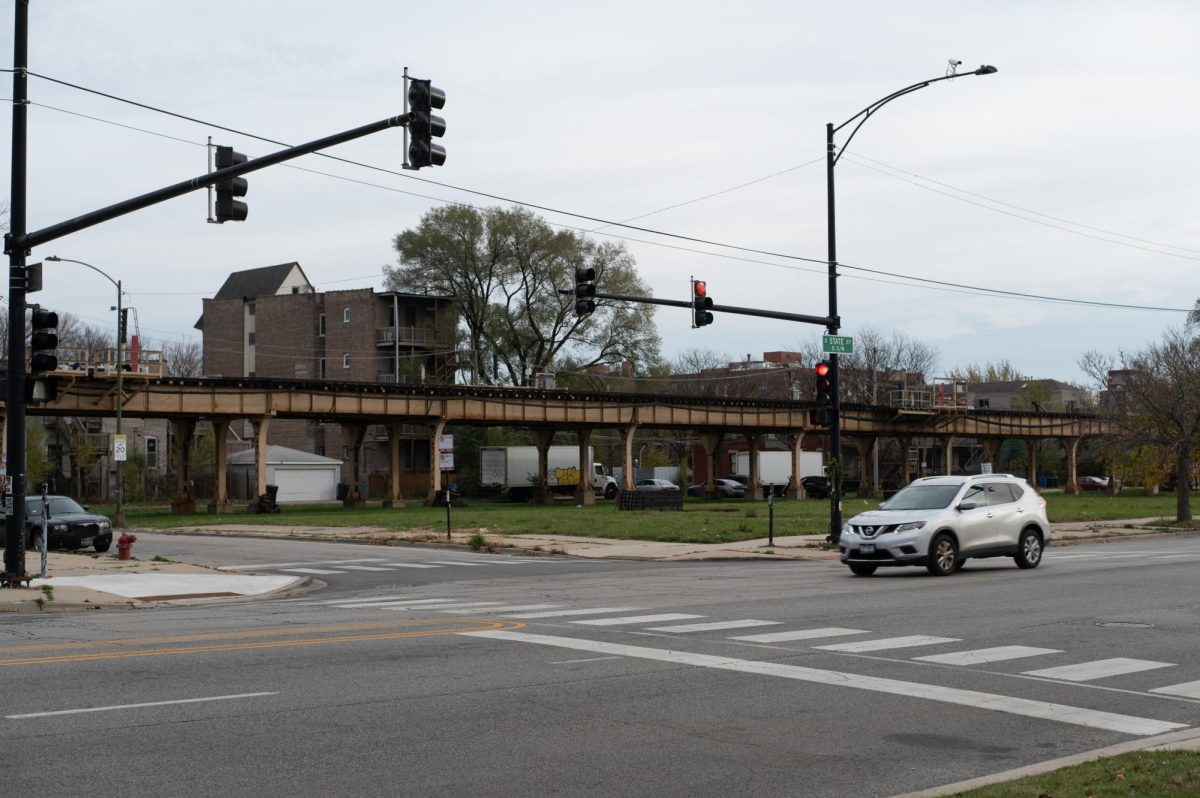On a sweltering day in July 1919, 17-year-old Eugene Williams floated on a raft in Lake Michigan, unaware he’d crossed an invisible line dividing Black and white beaches. A stone hurled by a white beachgoer struck him, causing him to slip beneath the waves. His drowning set off an eruption of racially motivated violence across Chicago — later dubbed the 1919 race riots, which left dozens dead and hundreds injured.
Today, over a century later, a project is underway to commemorate the riots. The effort — to install glass markers for each of the people killed — began this summer, with the first several markers installed near the Illinois Institute of Technology campus in Bronzeville. The project was created by Peter Cole of Western Illinois University in Macomb and Franklin Cosey-Gay, an anti-violence activist based at the University of Chicago.
Dr. Cosey-Gay, who is also a member of the Greater Bronzeville Community Action Council, believes that the medium of glass markers, or public art as a whole, is a method of spreading awareness even to those who aren’t looking for it. Whether you see it on the street, inside a building or in the middle of a field, art is something that makes people stop and think.
“Public art engages people that maybe are not looking to be engaged,” Dr. Cosey-Gay said. “It captures them in the public space, and allows them to pause for a moment and really think about their city, their country, and their history — and think about why that matters today.”
Myles Francis, director of operations for the Chicago Race Riot of 1919 Commemoration Project, or CRR19, said that the project was created with the hopes of spreading awareness about a historical topic that might not be discussed as much as others but remains an integral part of Chicago’s origin story.
“Our broadest goal is to educate people about the fact that there was a race riot in Chicago in 1919,” Mr. Francis said. “It’s a part of our history, and one that is often overlooked — especially compared to stories that are told over and over, like the Chicago Fire.”
Dr. Cosey-Gay hopes that for those outside of Chicago or unfamiliar with the history of the 1919 Race Riots, the project will serve as a powerful reminder that echoes beyond the city. He believes that understanding this history is essential to confronting systemic issues that have long shaped communities.
“I envision a world where we understand our history and how it impacts our present day, and where we acknowledge it,” Dr. Cosey-Gay said. “We need to move away from stigmatizing individuals and communities — for example, in our context, the south and west sides. Instead, we need to really think about what policies and practices have contributed to why communities look the way they do today and what we’re doing to reconcile.”





















































